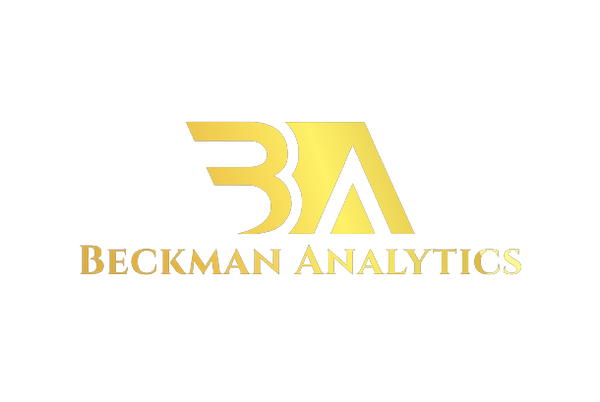Introduction:
In the ever-evolving landscape of business intelligence, choosing the right analytics tool can significantly impact a company's success. Power BI and Tableau stand out as two of the leading solutions, each with its unique strengths. In this blog post, we'll delve into the cost-effectiveness of Power BI and Tableau to help businesses make informed decisions about their analytics strategy.
1. Upfront Costs:
One of the first considerations for businesses is the upfront cost of adopting a business intelligence tool. Power BI offers a competitive advantage in this regard, with a free version that provides basic functionalities, making it an attractive option for small businesses with budget constraints. On the other hand, Tableau typically comes with a higher upfront cost, which may be a deciding factor for businesses looking to minimize initial investment.
2. Licensing Models:
Both Power BI and Tableau offer subscription-based licensing models. Power BI's pricing is based on a per-user model, with various plans catering to different needs. This user-centric approach allows businesses to scale their investment according to their team size and requirements. Tableau, however, often adopts a more traditional approach, charging per user or per server. Small to medium-sized businesses may find Power BI's flexible pricing model more accommodating to their budgetary constraints.
3. Total Cost of Ownership (TCO):
The total cost of ownership encompasses not only the upfront costs and licensing fees but also factors in maintenance, training, and ongoing support. Power BI's seamless integration with Microsoft 365 applications and user-friendly interface often results in lower training and support costs. Additionally, the robust community support and extensive documentation contribute to reducing the overall TCO. Tableau, while offering powerful features, may require additional training and support, potentially increasing the long-term cost of ownership.
4. Scalability:
As businesses grow, their analytics needs evolve. Both Power BI and Tableau are scalable solutions, but Power BI's scalability is particularly advantageous for small to medium-sized businesses. Power BI allows users to start small with its free version and then seamlessly transition to more advanced plans as data requirements expand. Tableau's scalability can be limited by its upfront costs, potentially making it less flexible for businesses experiencing rapid growth.
5. Integration and Ecosystem:
Integration with existing tools and applications is a crucial aspect of choosing a business intelligence solution. Power BI has a significant advantage here, especially for businesses already using Microsoft 365 applications. The seamless integration with Excel, SharePoint, and Teams simplifies workflows and enhances collaboration. Tableau, while offering integrations with various platforms, may require more effort to achieve the same level of seamless connectivity within a Microsoft-centric ecosystem.
Conclusion:
In the comparison between Power BI and Tableau, the cost-effectiveness of the two platforms depends on various factors, including the size of the business, specific requirements, and existing technology infrastructure. Power BI stands out as a cost-effective solution for small to medium-sized businesses, offering flexibility, scalability, and seamless integration within the Microsoft ecosystem. Tableau, with its robust features, may be more suitable for larger enterprises with specific analytics needs and a willingness to invest in a more extensive training and support infrastructure. Ultimately, the right choice depends on aligning the features and costs of each platform with the unique needs and goals of your business.

